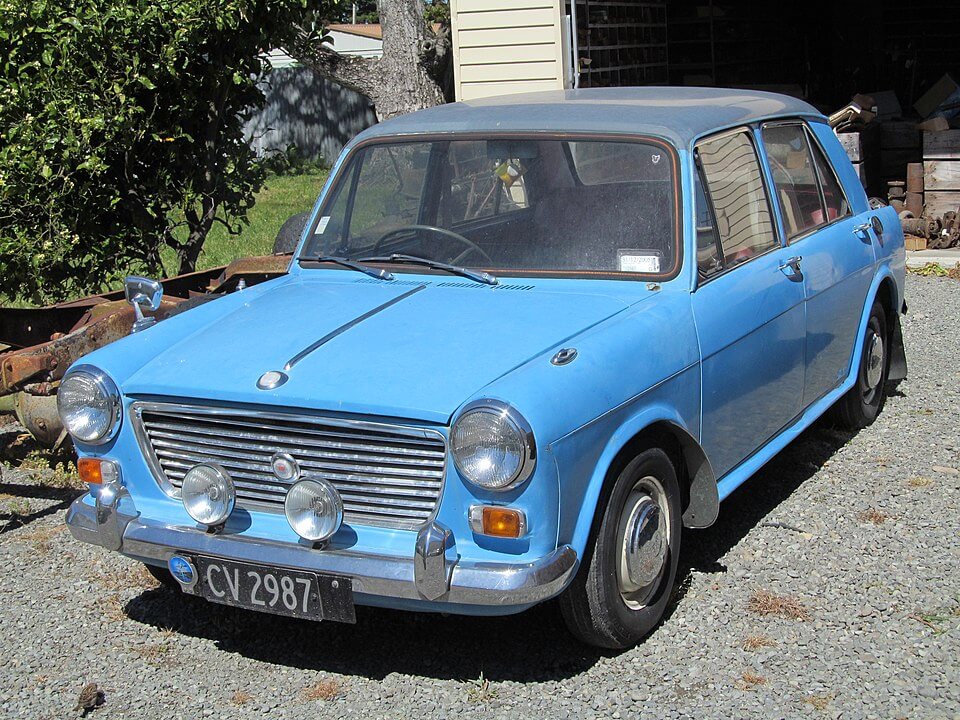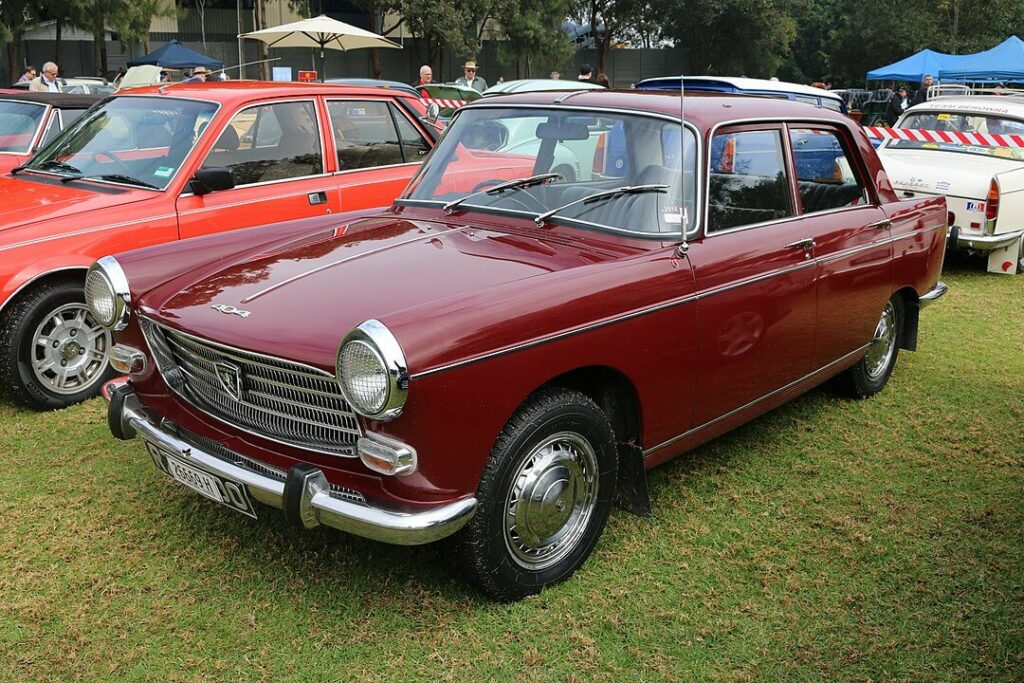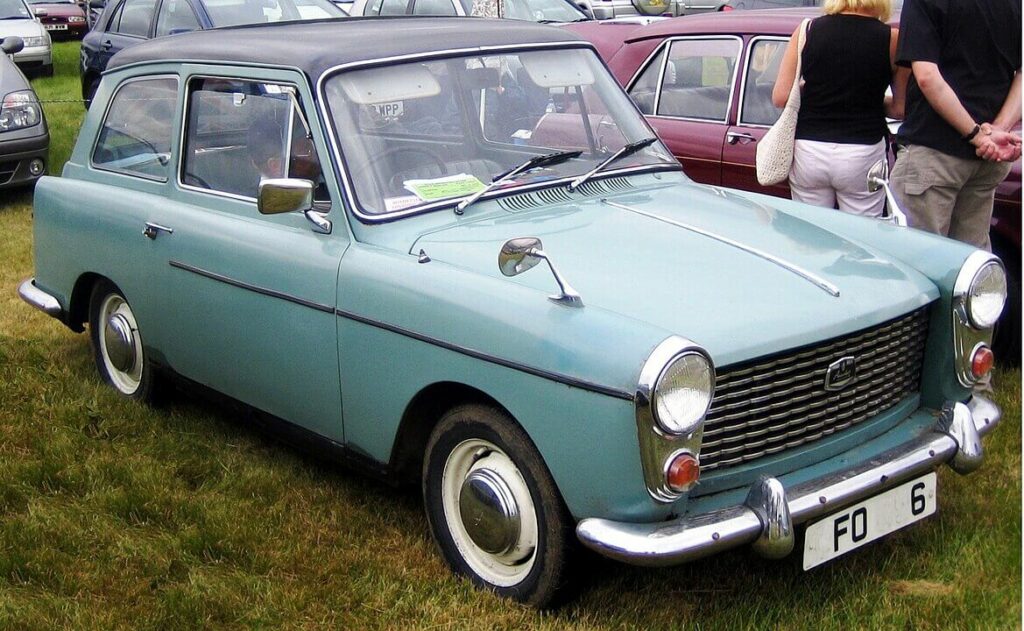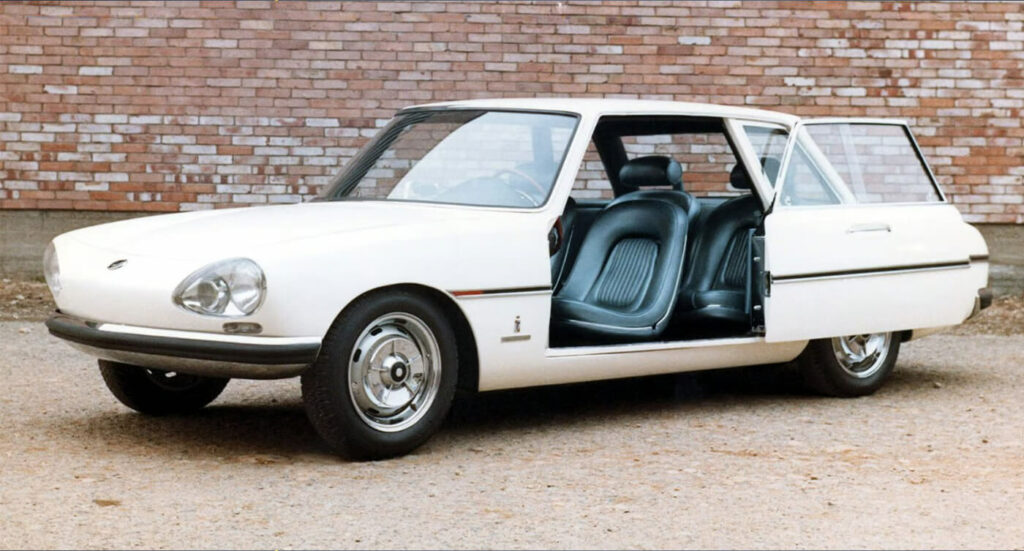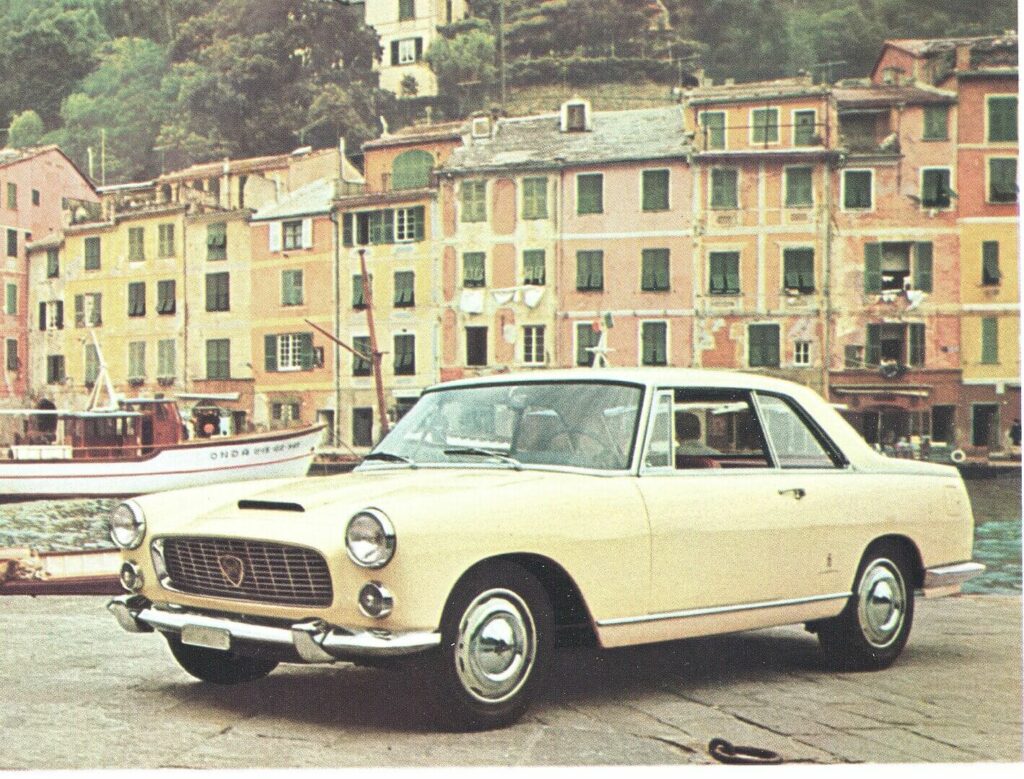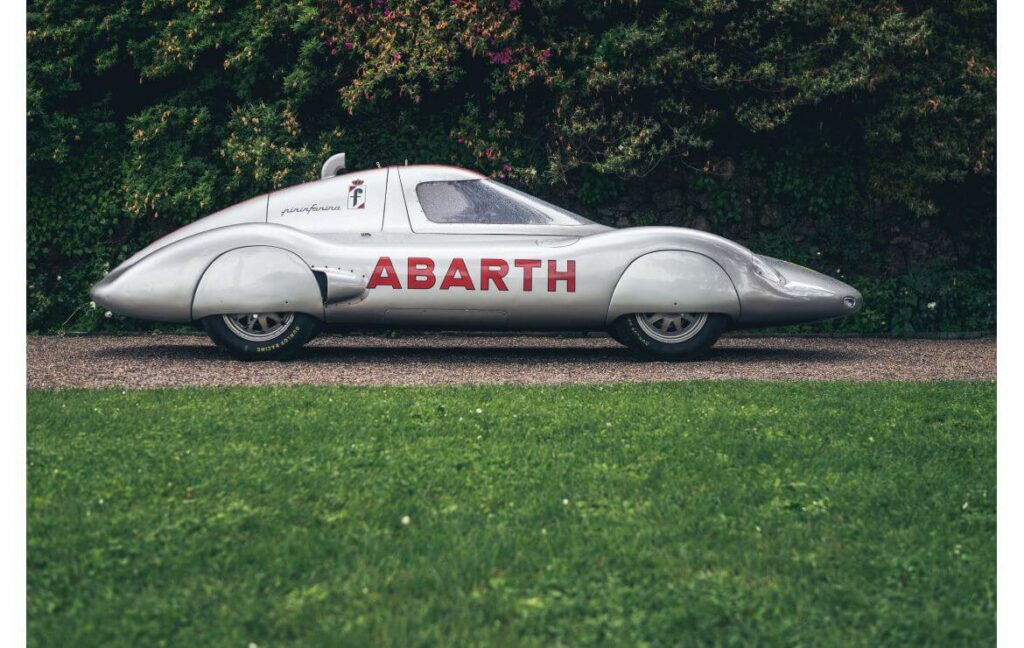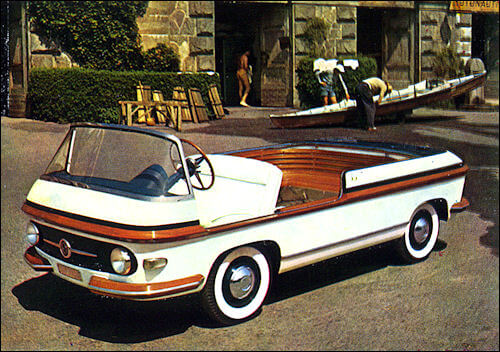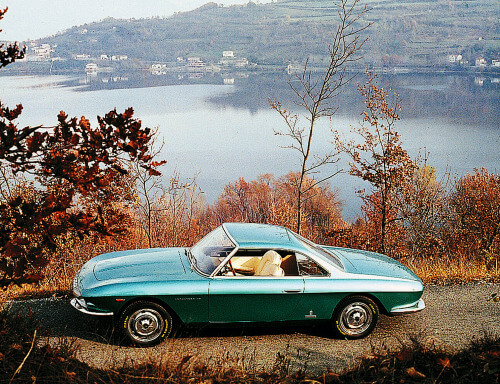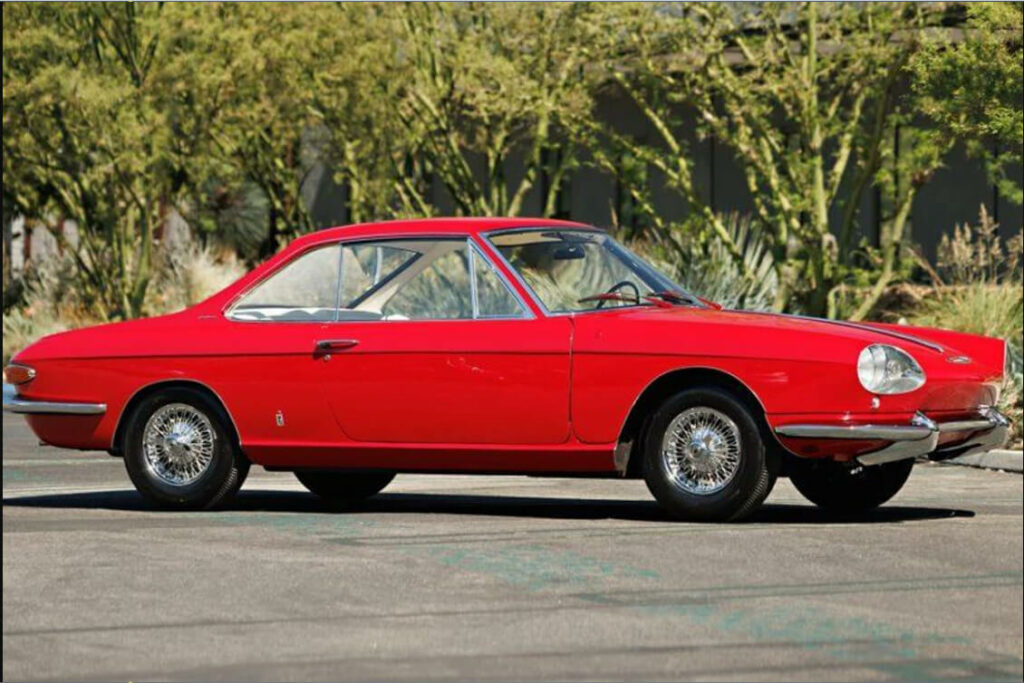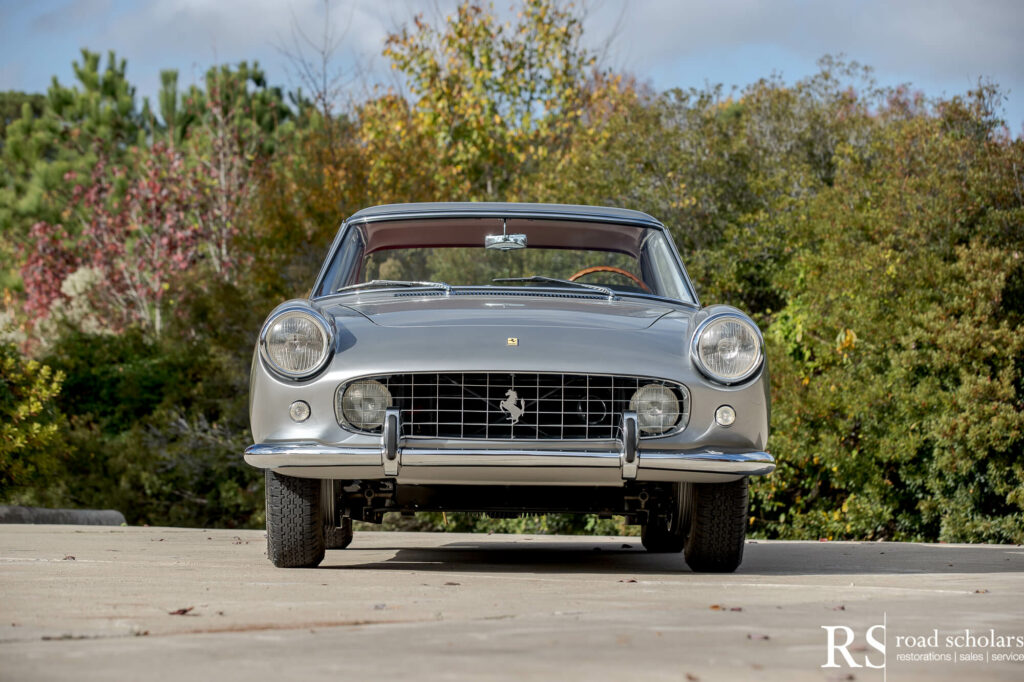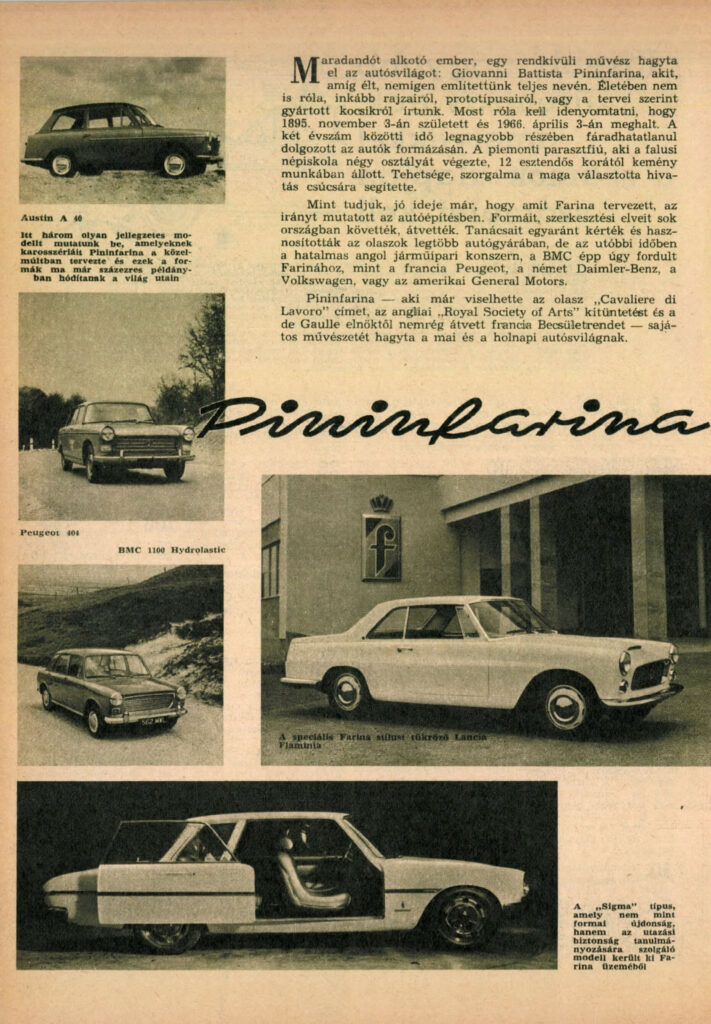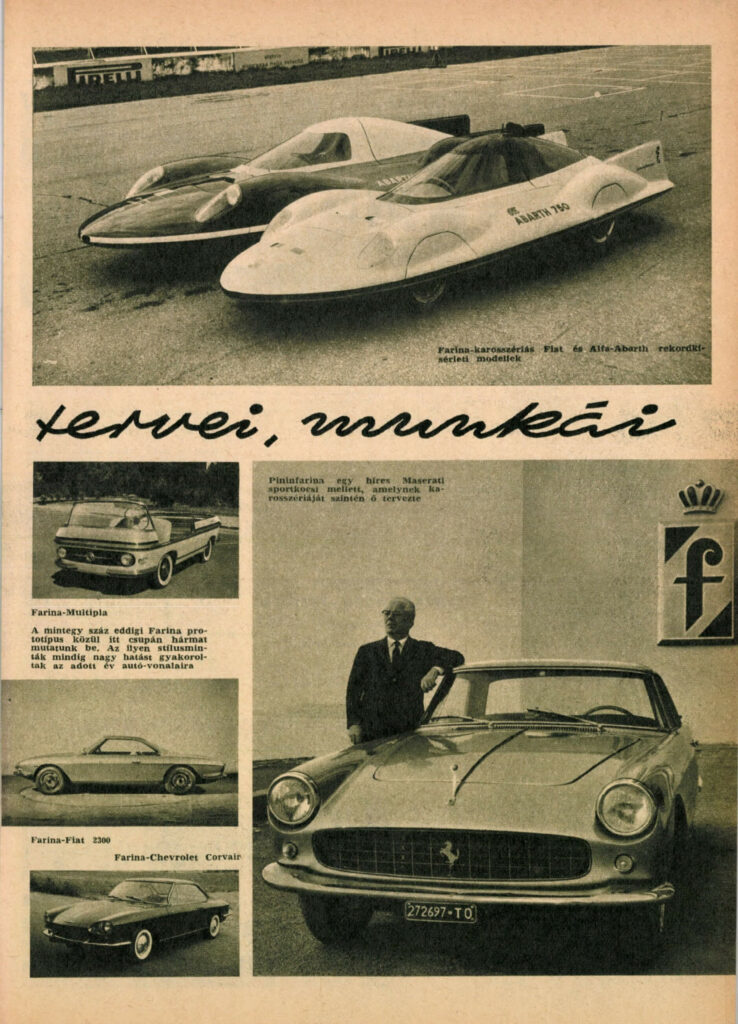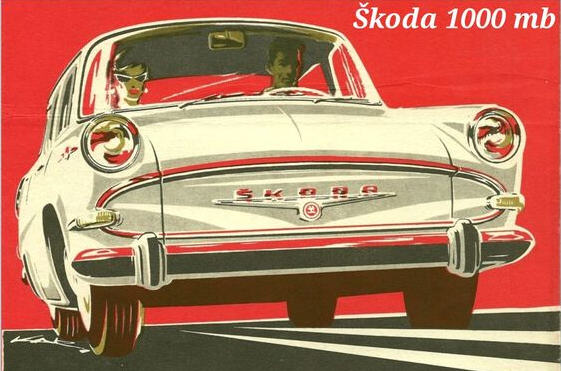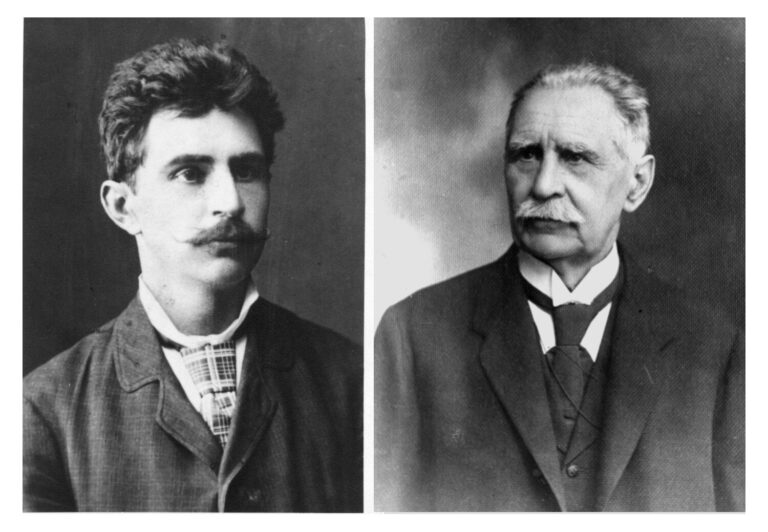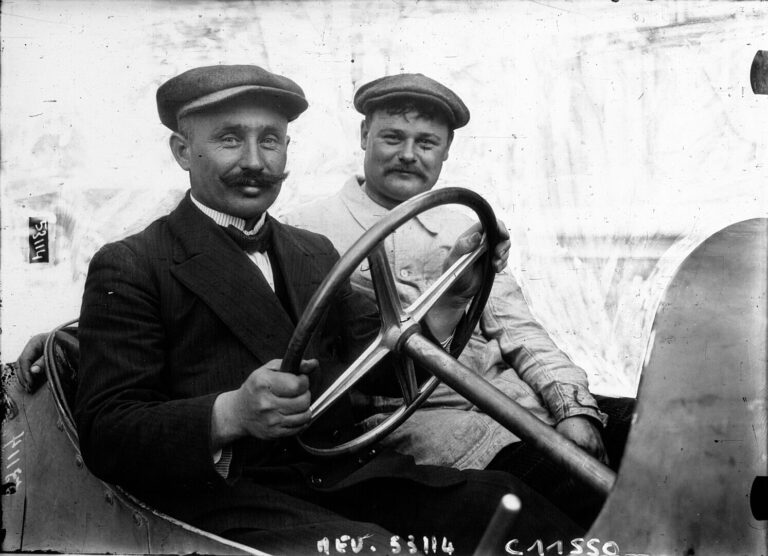1966 - Farewell to Pininfarina
From Car Engine 1966 published a short but warm obituary in its 9 May issue in memory of the legendary Italian design genius who died a month earlier. But who was this uneducated peasant boy from a small village near Turin, the tenth of a family of eleven children, who by the end of the war had become the continent's best-known car designer, without whom the automotive industry as we know it today would surely be much poorer.
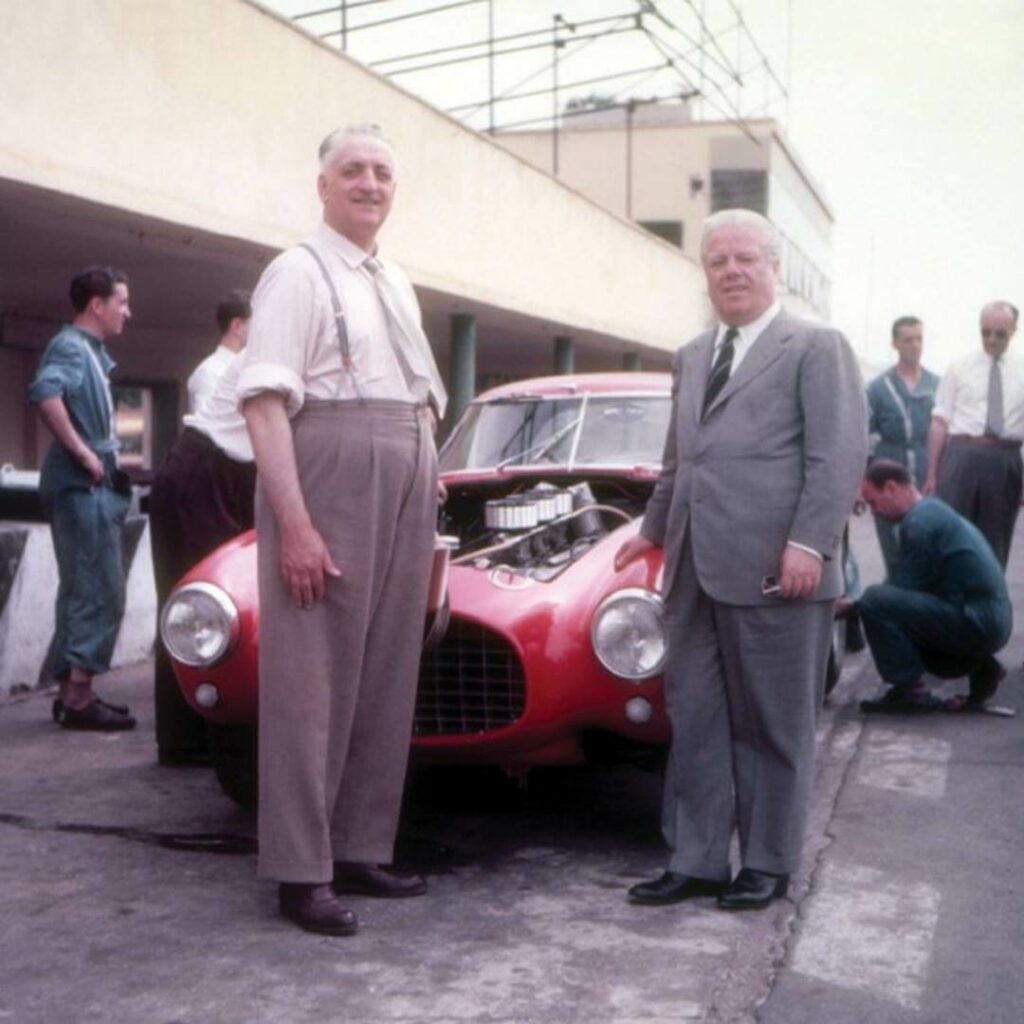
Enzo Ferrari and Battista Pininfarina - Image source: facebook.com/automobilipininfarinaofficial
Battista Farina (1896-1966) was born in Cortanze, Italy. At the age of 12 he started working in the body shop of his brother Giovanni. In 1928 he set up his own coachbuilding business. By 1939, the 400 employees of the workshop, which was becoming increasingly in demand, were delivering 150 bodies a month.
The war also affected Farina and the company; first they started to produce ambulances, and later the plant was heavily bombed. Being on the losing side as an Italian, he was banned from the 1946 Paris Motor Show, so he and his son Sergio, 20, got behind the wheel of an Alfa Romeo 6C 2500 S and a Lancia Aprilia Cabriolet to drive the two newcomers from Turin straight to Paris. From then on, they started receiving enquiries from the world's biggest car manufacturers and even exhibited their cars at the Museum of Modern Art in New York.
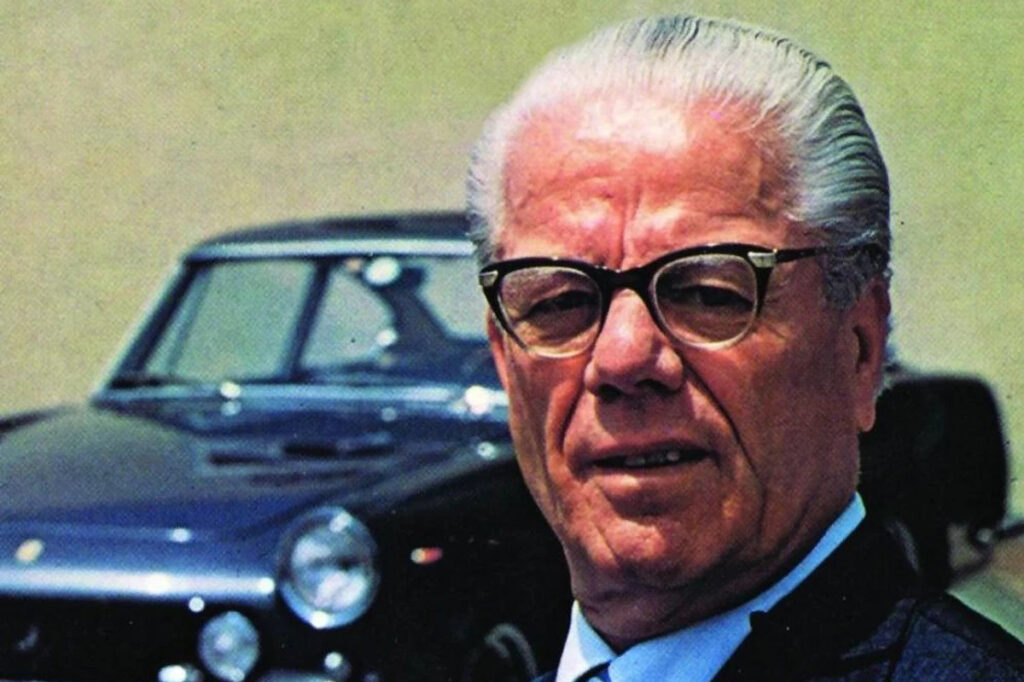
Battista Farina - Image source: hemmings.com
A new chapter in the company's history opened in 1951, when Battista met Enzo Ferrari in a restaurant in Tortona. Although the press did not predict a great future for the collaboration, it lasted for more than 60 years and has become legendary.
Only the economic crisis of 2008 was able to put obstacles in the way of further success. Despite the best efforts of investors, they were unable to guarantee long-term profitability, and the company, which had been making significant losses, was bought by the Indian Mahindra group in 2015 for €168 million.
Interesting fact: The tenth of the eleven children, nicknamed "Pinin" (the youngest/youngest brother, in Piedmontese), indicated that Battista was the youngest of the family. Because of his short stature, the nickname continued to accompany him as an adult and became such a trademark of Battista Farina that he officially changed his name to Pininfarina in 1961.
Below you can read a transcript of the text published in 1966, and in the gallery at the end of the post you can find the original newspaper article and the cars it featured.
♠
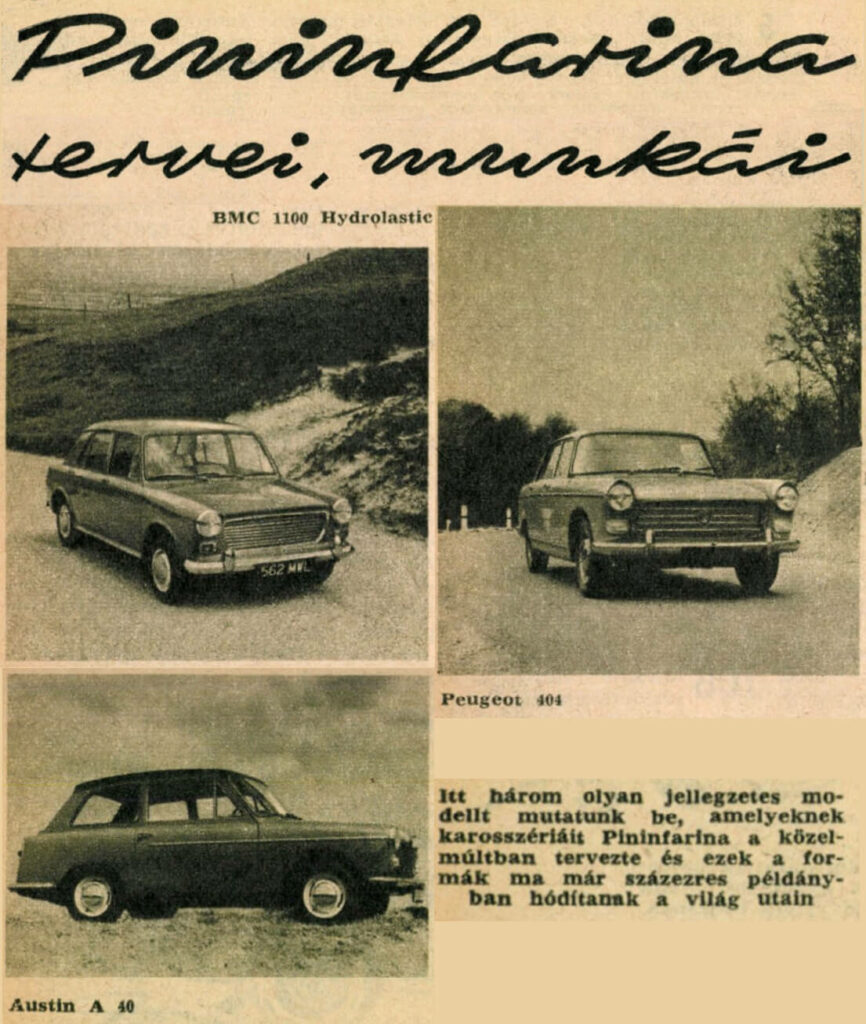
A man who left the automotive world a maradando, an extraordinary artist, Giovanni Battista Pininfarina, who was rarely mentioned by his full name while he was alive. During his lifetime, we did not write about him, but rather about his drawings, prototypes or the cars he designed and built. We must now print that he was born on 3 November 1895 and died on 3 April 1966. For most of the time between those two dates, he worked tirelessly on the design of cars. A peasant boy from Piedmont, who completed four grades at the village folk school, he was hard at work from the age of 12. His talent and diligence helped him reach the top of his chosen profession.
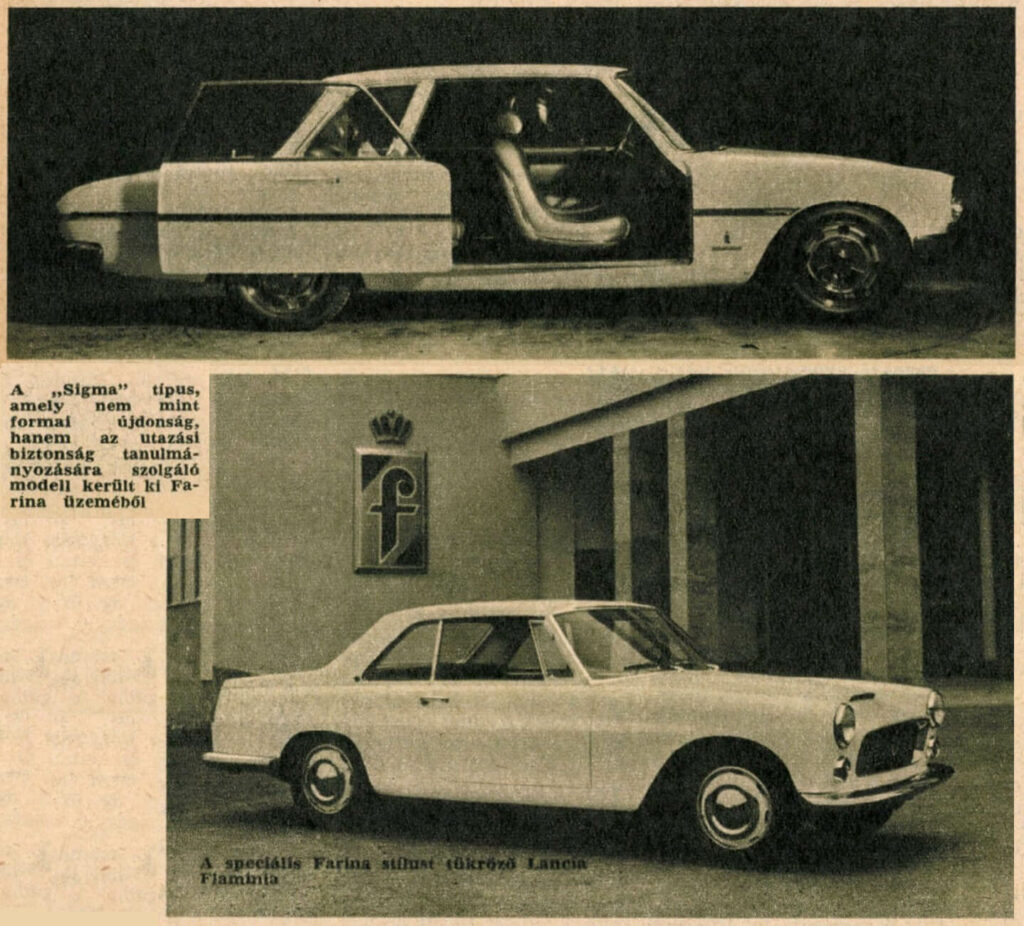
As we know, for some time now, what Farina has been designing has been setting the direction for car building. Its forms and design principles have been followed and adopted in many countries. His advice has been sought and used by most Italian car manufacturers, but more recently the huge British automotive group BMC has turned to Farina, as have French car makers Peugeot, German Daimler-Benz, Volkswagen and American General Motors.
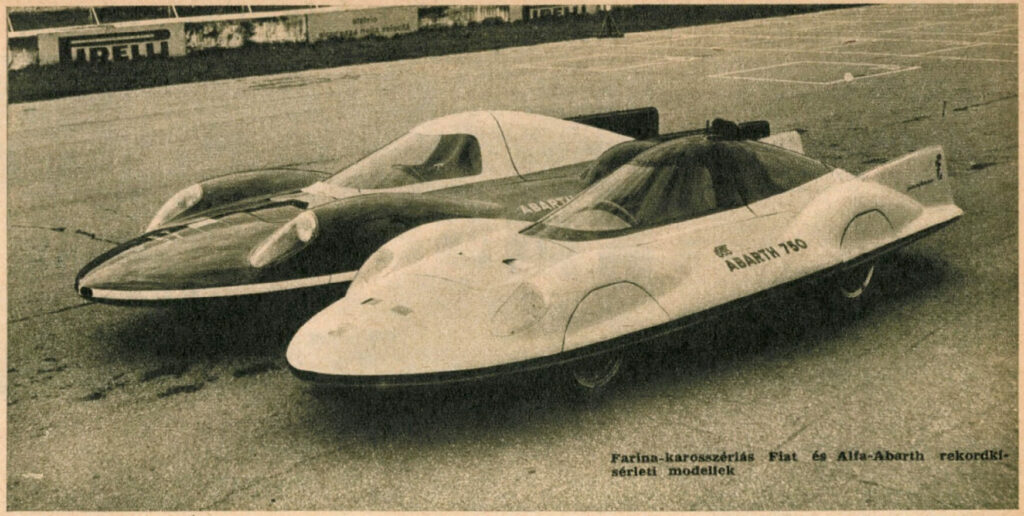
Pininfarina - who has already been awarded the Italian "Cavaliere di Lavoro", the Royal Society of Arts in England and the French Medal of Honour, recently received from President de Gaulle - has left his own unique art to the automotive world of today and tomorrow.
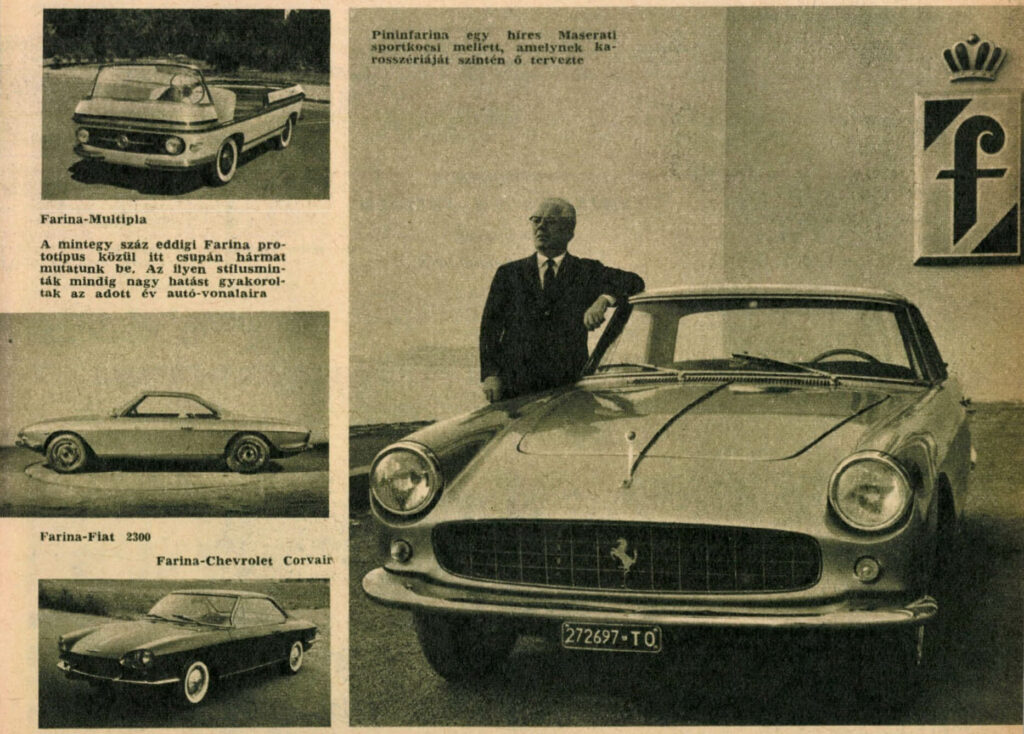
Contrary to the caption, Farina is standing next to a 1958 Ferrari 250 GT he designed.
source: arcanum / Autó-Motor 1966
